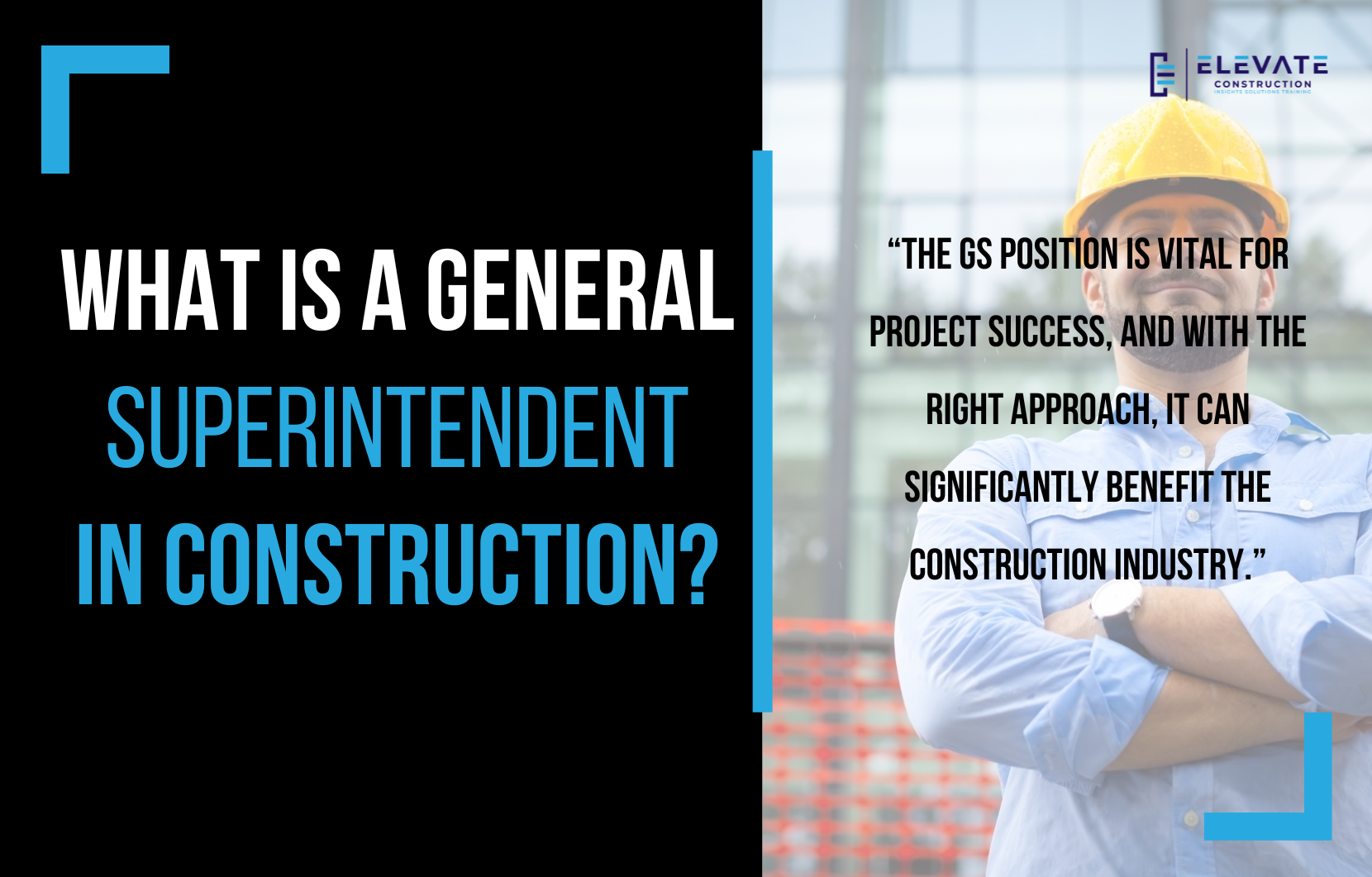What does the Director of Lean do in construction?
This position can be a game-changer if we do it right. So should we have a Director of Lean? And if so, what do they do? And what is the biggest mistake that you can make in this role? That’s what we’re going to cover in this Blog.
Input from Lean Industry Experts
I reached out to two of my favorite homies in the Lean industry, Jen Lacey and Felipe Engineer, and I asked them, “What does a Director of Lean do in a company?” They gave me some wonderful notes right away, like one-piece flow. I think I got the text back in three seconds. It was well thought out, beautifully articulated, and in a list that I could really do something with. We’re going to present that here.
What Directors of Lean Will NOT Do
But first, I want to say what Directors of Lean will NOT do. The Director of Lean will not just do work for the leadership team in a delegated manner. Meaning, if I’m the owner of a company, the wrong way to do this is to say, “Oh, here’s this Lean thing, there are Lean tools, we better get on the bus with this whole Lean concept. We need to sell it in an interview. So I’ll hire a Director of Lean to take care of that. I’ve delegated it, it’s off in the distance somewhere, we’re good.” That is the wrong thing to do.
So, if you’re going to hire a Director of Lean, you should, in my opinion, expect to be coached, expect to learn it yourself as a leadership team, because the leadership team itself will lead the company in a certain way. And that way must be the Lean way, or else anything you do below that won’t really matter. So if you want a Lean company, have a Lean leadership team.
And again, the Lean leader or the Director of Lean will not do Lean for the team. The Director of Lean will broker resources and training and enable the leadership team to have three things:
- The knowledge of how Lean is done, or what it is.
- The motivation and inspiration to get it done.
- The circumstances, training, and opportunities to form a Lean leadership or executive team that will trickle down, or over as I like to say, to everyone else in the organization.
So if you’re going to hire a Director of Lean, make sure that you’re ready to learn and be coached.
Important Analogy to Understand When Hiring a Director of Lean
Before I move on, I will remind you of the analogy of the Safety Engineer or the Safety Manager position in construction. It’s really fresh on my mind because I just flew into Salt Lake City, came through the airport, and stood behind people on moving walkways.
Having a Safety Engineer, like I said in a previous video, or in this case, the Director of Lean, and not pairing with them is like getting on a moving walkway in an airport and standing there and being in front of everyone else. It’s super annoying. The moving walkway is there to propel you forward as you walk yourself; it’s supposed to double your speed. You’re not supposed to stand on it because if you stand on it, you’ll be going slower than if you were walking.
So the same thing, if on a project site, the Safety Engineers are the only ones in charge of safety and the project team’s like, “Yeah, they’ve got it,” then you’re actually going slower with safety than if you’re walking or working on it yourself with them. Same thing with the Director of Lean.
If you’re like, “Hey, they’re here to help, they’ve got it,” it’s like standing on a moving walkway. Now you’re going slower than if you were walking yourself. The point is, have your own effort, walk forward with that added propulsion, and you’ll be going double the speed. Do not delegate it to the Director of Lean; do it together with them.
What is Lean in Construction?
So let’s cover briefly what is Lean in construction. Well, number one, it’s respect for people and resources, which means that your company or your organization has a fundamental respect for people, for who they are, and caring for them at a fundamental level.
Number two, it means that we in our environments will 5S and reduce waste, overburden, and unevenness, and create stability throughout the organization.
Number three, it means that we’re committed to one-piece flow and flow in everything that we do. And for that, we use visual systems with total participation, meaning that we don’t just have a couple of people doing something, we have the entire project, the entire department, the entire company doing it, all working together, seeing as a group, knowing as a group, and acting as a group.
Number four, the team, the department, or the organization, or all of them together, are committed to delivering a quality product.
And then number five, they’re able to, from that system, continuously improve because now they have respect for people. They have stability, they have flow, they have everybody working together, and they can all see together and they’re focused on quality, so they will naturally make improvements.
So that is Lean in construction. And so, yes, there are ways that you can encourage your business to respect people. Yes, there are ways that you can actually go out and help create stability on projects and implement 5S and teach people about the eight ways.
Yes, you can implement scheduling systems and encourage more flow in the organization. And yes, you can focus on quality and continuous improvement, but it will not come unless everyone is participating together.
So a Director of Lean will not mostly do things; they will mostly build Lean people who then build Lean projects. So it’s all about being with, focusing on, and working through people.
Steps for an Effective Lean Director
Alright, and so there are seven steps. And this isn’t everything, but seven main steps that a Lean Director must follow if they want to be effective:
- Provide Training Throughout the Organization: That means that the Director of Lean should have really, really great training themselves, and really understand it at a fundamental level. And hopefully, and I feel pretty strongly about this, have implemented it themselves and know what they’re talking about, and then coach and train throughout the organization so that they can, again, work through people.
- Coaching: Once the training has been given, people really want to experiment on their own, right? So the Director of Lean will provide coaching as they go because the method for training people is called the EDGE method. You explain it right in the training, demonstrate it in the training, but then they get to do it themselves, where you guide them through it and enable them to do it on their own. So they will need both training for the first two steps and coaching for the latter two. So remember: explain, demonstrate, guide, enable. It’s one thing to show somebody something, but it’s another thing to actually show them and guide them through doing it themselves.
- Support: As your folks, as a Lean Director, are experimenting and implementing, either at the leadership team level or at the department level or on the project site level, they’re going to need support. They’re going to have trouble. I think everyone’s first paths in implementing Lean tools and systems and processes and cultures with people probably fail because we’re all new to it, right? I did, and I think you will too. So having someone there to support you and encourage you is huge on this Lean journey as a Lean Director.
- Build Culture: And maybe I should have started with this, but you are a culture builder. What I mean by that is actually like walk the walk and talk the talk and believe in these things, and start to infuse that into the culture of the organization. The culture of the organization is determined by what people believe, right? Through training and coaching, right, and their actions, which is what they’re doing, their habits, their processes, right? So if you are shaping people’s beliefs, right, through consent, obviously, and through training and coaching and mentoring, and you are shaping actions just by demonstrating them and forming habits, you know, “Hey, let’s do plus deltas at the end of the meeting. Hey, let’s have open discussions. Hey, let’s start doing pull planning on projects. Hey, let’s start working on one-piece flow, one-process flow,” using those micro-actions wherever possible to start shaping a Lean culture is huge and one of your main responsibilities.
- Anchor Projects: Once you’ve started doing the training, coaching, mentoring, and you now have started building a culture, we need some proof for everyone in the organization. So this is what I recommend: have an anchor project or anchor projects where you have high-performing team members that are all bought in and want to do this, where you’re going to help and provide a lot of that training, coaching, and mentoring for that project team, even, and don’t be mad at me, even more so than some of your other job sites so that they can actually do it themselves. And then you can showcase it, and they feel like they are the heroes. That is when this is going to start to scale because then step number six, you’re going to become their agent.
- Become Their Agent: And what I mean by that is you’re going to show off their work. You’re going to take pictures, you’re going to take videos, you’re going to walk people through, and you’re going to make that project team popular and proud of what they’ve done. Then people are going to think, “Oh, I want that too.” Then you’re going to help them, and then you’re going to become their agent and make them popular, and they’re going to be so proud. And then it’s going to scale and scale and scale and scale.










